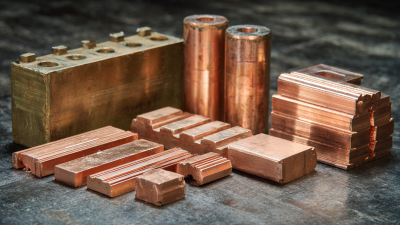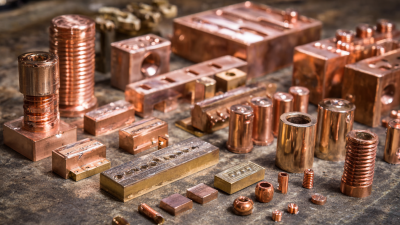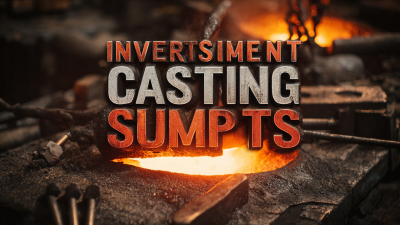Casting with copper can be a remarkable journey into the world of metalworking, where precision and artistry merge to create stunning results. Whether you are a seasoned artisan or a beginner eager to explore this ancient craft, mastering the techniques of casting with copper is essential for achieving flawless outcomes. This guide offers invaluable insights into the fundamental aspects of copper casting, including choosing the right materials, understanding the melting process, and employing effective mold techniques. By following these expert tips and best practices, you will not only enhance your skills but also gain a deeper appreciation for the intricate nature of this craft. With careful attention to detail and a commitment to learning, anyone can unlock the secrets to perfect results when casting with copper, transforming raw materials into beautiful and functional pieces of art.
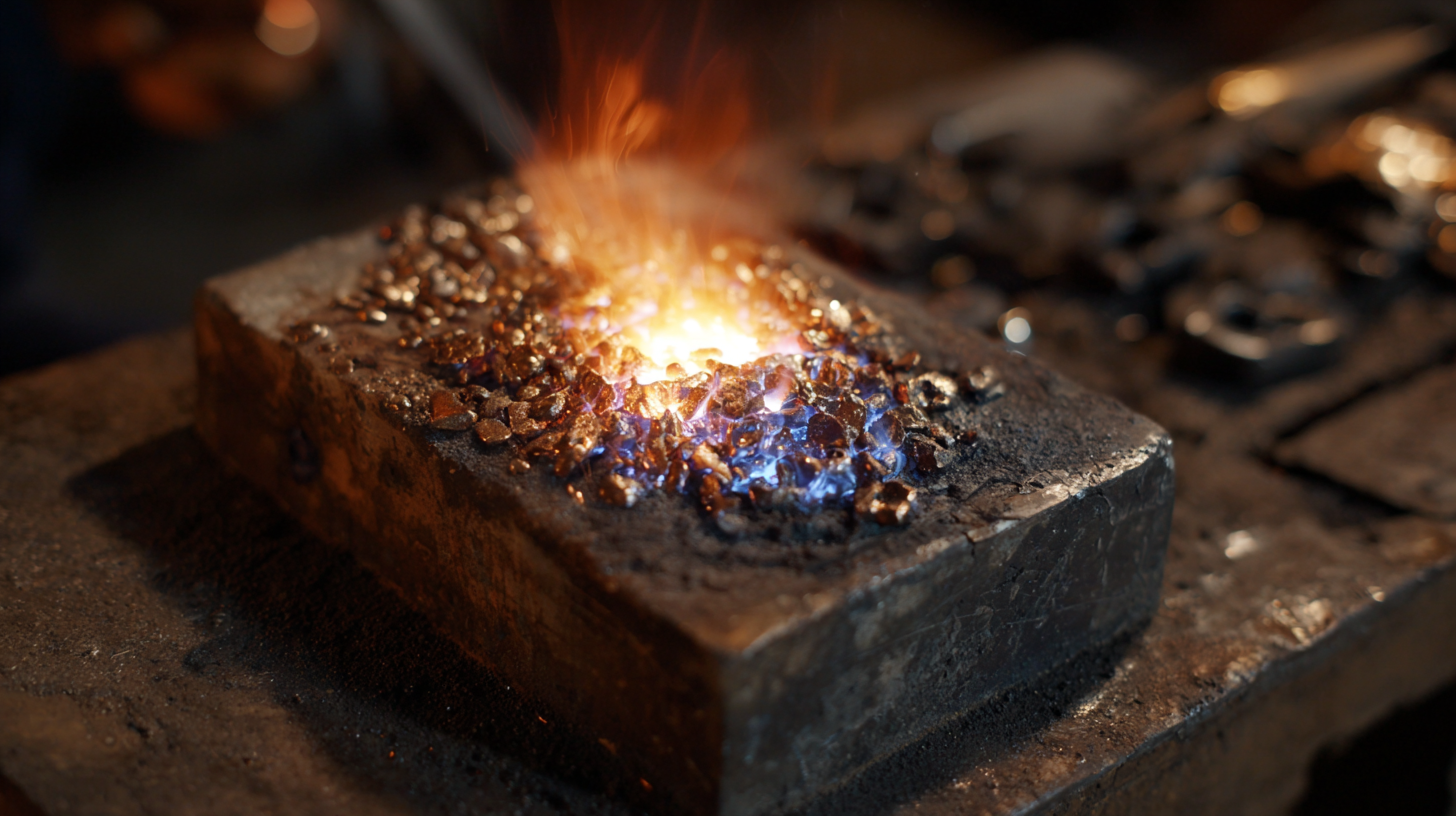
Copper casting is a skill that requires an understanding of key materials and tools to achieve outstanding results. The primary material used in copper casting is high-quality copper alloy, which contains elements such as zinc, tin, or nickel that enhance durability and casting fluidity. According to a report by the International Copper Association, copper alloys exhibit superior thermal and electrical conductivity, which makes them ideal for a wide range of applications, from artistic sculptures to industrial components.
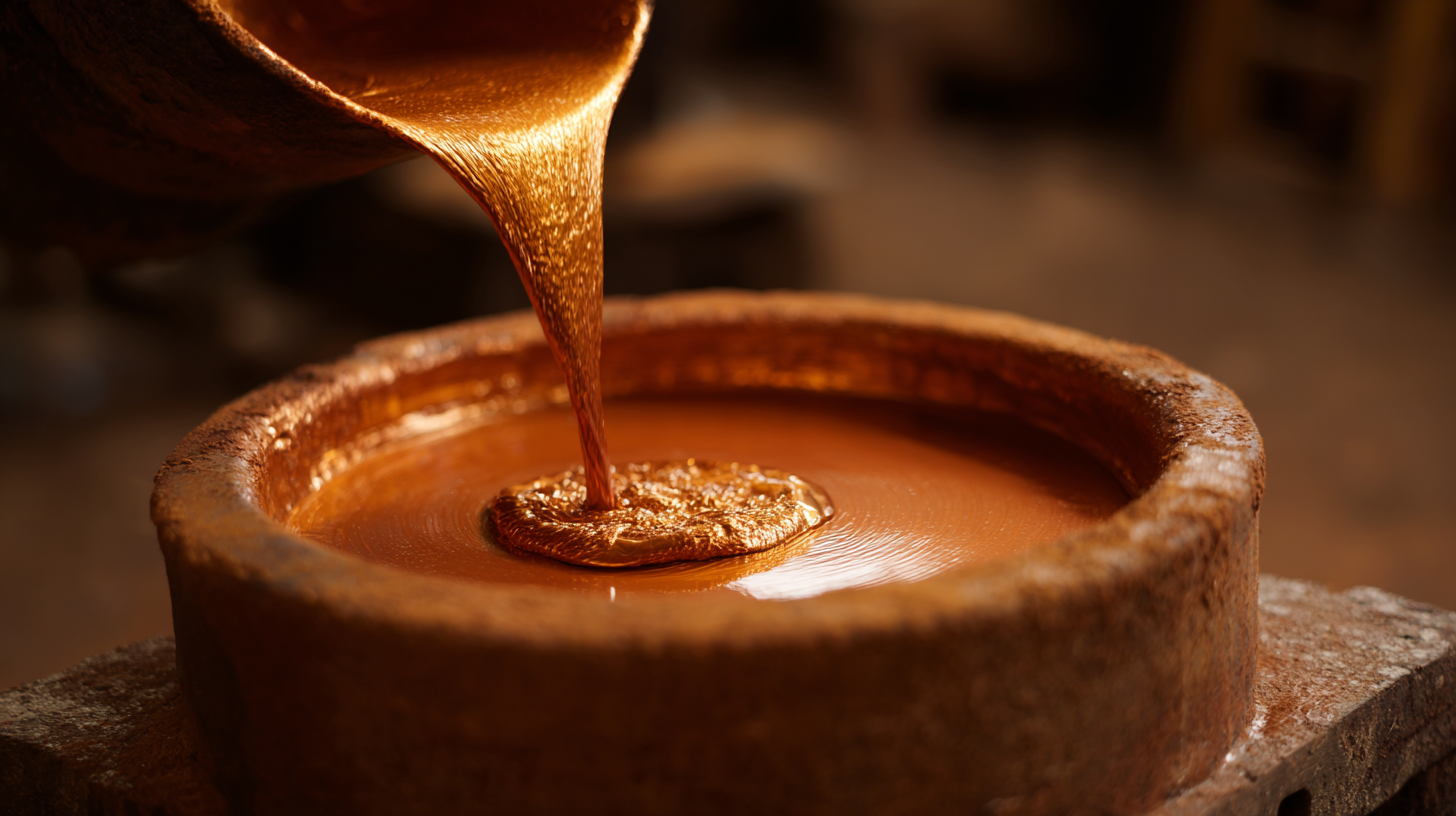
In addition to selecting the right alloy, having the appropriate tools is crucial. High-temperature furnaces capable of reaching temperatures around 1,090 degrees Celsius are essential for melting copper effectively. Moreover, using investment casting techniques can significantly reduce porosity and imperfections in the final product, leading to a finer finish. The American Society of Metals notes that precision casting methods can improve dimensional accuracy by up to 50% compared to traditional sand casting. Therefore, investing in quality materials and tools is vital for achieving perfect results in copper casting projects.
Achieving perfect results when casting with copper relies heavily on the preparation of your mold. The effectiveness of copper flow is intricately linked to mold design and material choice. According to the Journal of Materials Engineering, using a mold material with a high thermal conductivity can significantly improve the flow characteristics of molten copper, resulting in finer details and fewer defects. Tools like silica sand or graphite can enhance mold performance by allowing better heat transfer and creating smoother surfaces for the molten metal.
When preparing your mold, consider the following tips for optimal copper flow. First, ensure that the mold is preheated to reduce thermal shock and enhance the flow of molten copper. A mold temperature of 200-300°C is often recommended for copper casting, as it helps maintain the fluidity of the metal. Secondly, proper venting is crucial. Effective venting allows gases to escape during the casting process, which can otherwise cause defects like gas pockets in the final product.
Lastly, the use of mold release agents can significantly improve the ease of removal and maintain mold integrity. Research indicates that using high-quality release agents can decrease the risk of mold damage and produce a smoother surface finish, ultimately leading to higher quality castings. Understanding and implementing these techniques will set the foundation for successful copper casting endeavors.
| Technique | Description | Optimal Temperature (°C) | Flow Rate (L/min) | Recommended Mold Material |
|---|---|---|---|---|
| Preheating | Heating the mold before pouring to reduce thermal shock. | 250 | 3.5 | Steel |
| Vacuum Casting | Using vacuum to eliminate air pockets for smoother finishes. | 1200 | 5.0 | Aluminum |
| Insulated Molds | Using insulation materials to maintain temperature. | 800 | 4.0 | Ceramic |
| Cooling Rate Control | Managing cooling speed to prevent cracking. | 600 | 2.5 | Grafite |
When it comes to achieving perfect results in copper casting, mastering temperature control is paramount. Copper has a relatively low melting point compared to other metals, but even slight variations in temperature can lead to significant differences in the final product. Therefore, using a reliable thermometer and maintaining the melting temperature between 1,900°F and 2,000°F is crucial for creating a smooth, defect-free casting.
Tips:
1. Always preheat your mold to ensure even heat distribution. This step helps prevent thermal shock and allows for consistent liquefaction of the copper.
2. Invest in high-quality insulated gloves and a heat-resistant apron. Safety should always come first, especially when dealing with molten metal.
Once you've achieved the right temperature, pour the copper slowly and steadily into the mold. Avoid pouring from too high up, as this can introduce air bubbles or cause splashing, compromising the integrity of your cast. Keeping a close eye on temperature fluctuations during the pour will help ensure that you achieve the best results.
Achieving perfect results in copper casting extends beyond the initial molding process to include intricate post-casting finishing techniques that significantly enhance surface quality. According to industry reports, nearly 30% of defects in copper castings can be attributed to inadequate post-processing methods. Therefore, implementing effective finishing techniques is essential for elevating the final product’s appearance and durability.
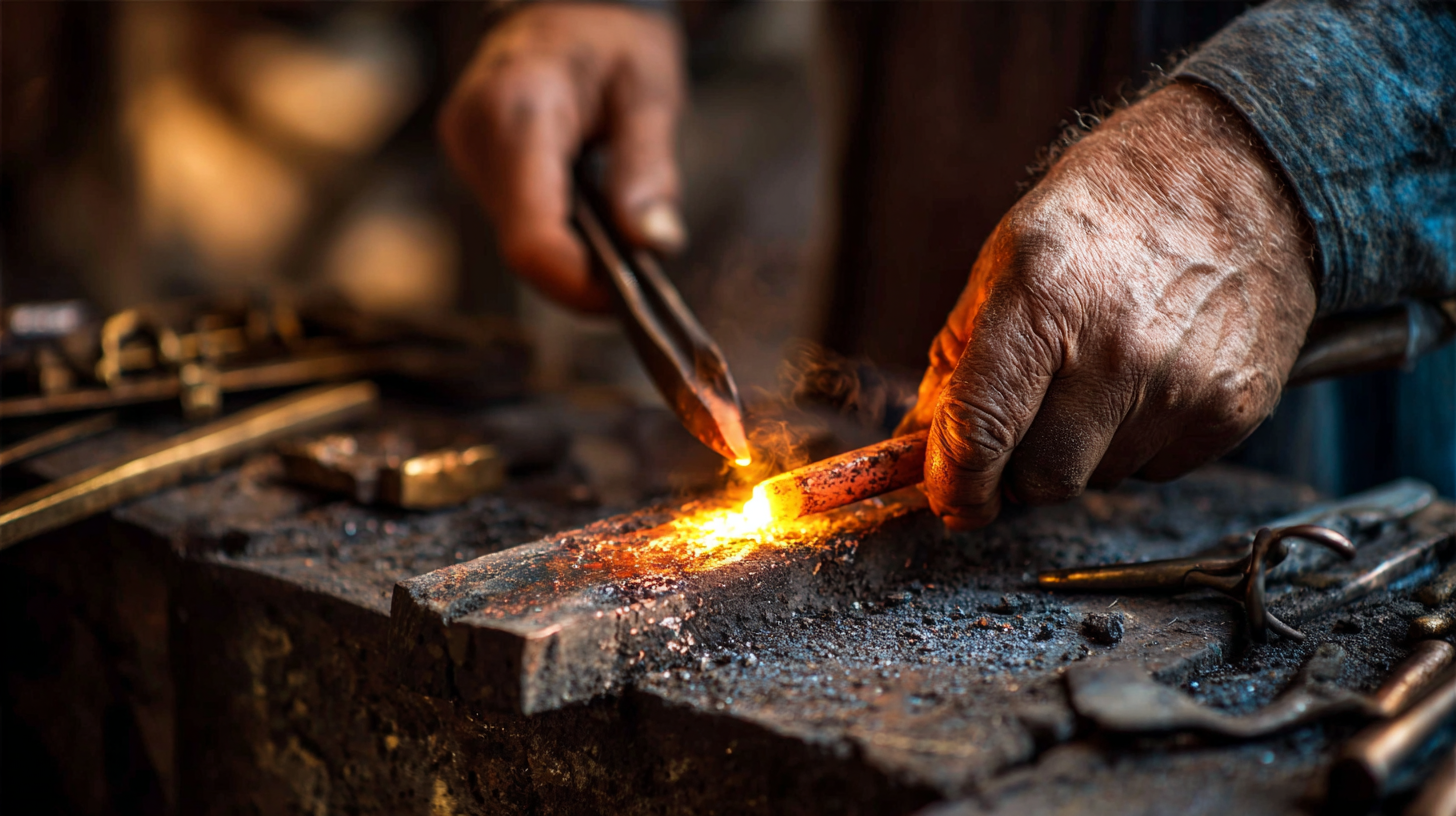
One vital technique is mechanical polishing, which refines the surface by removing fine imperfections and achieving a mirror-like shine. Studies indicate that polished copper components exhibit up to a 20% increase in corrosion resistance compared to their unpolished counterparts. Additionally, utilizing chemical treatments can further enhance the surface by providing protective coatings that resist oxidation.
Tips for Perfecting Surface Quality:
- Ensure that the casting is thoroughly cleaned to remove any residual sand or debris before applying any finishing technique, as this can lead to surface inconsistencies.
- Experiment with different polishing compounds and pads to find the best combination for your specific copper alloy. This experimentation can result in optimal finish quality and longevity.
By focusing on these techniques and leveraging data-backed insights, professionals can ensure that their copper castings not only meet but exceed industry standards for quality and performance.
When casting with copper, avoiding common pitfalls can significantly enhance the quality of your finished product. One common mistake is improper temperature control. According to the Copper Development Association, the optimal pouring temperature for copper should remain between 1,900°F and 2,000°F. Pouring at too low a temperature can lead to poor flow and inadequate filling of molds, while excessively high temperatures may cause oxidation or gas entrapment, compromising the integrity of the cast.
Another frequent issue arises from inadequate mold preparation. Insufficient surface treatment can result in poor surface finish and increased porosity. Research indicates that more than 30% of defects in copper casting are attributable to mold-related issues. It is essential to ensure that molds are clean, dry, and appropriately coated with a release agent to facilitate easier demolding and to achieve a smooth finish. By addressing these common mistakes with proper techniques and awareness, molders can substantially improve the quality of their copper casting projects.
